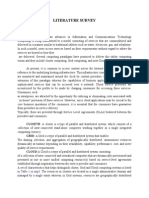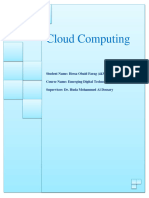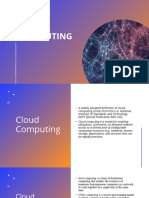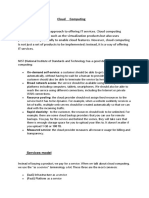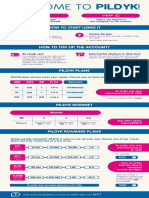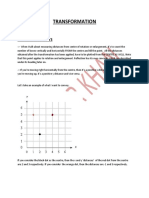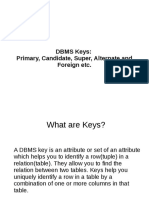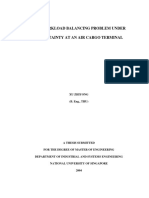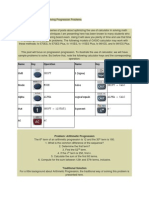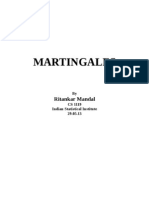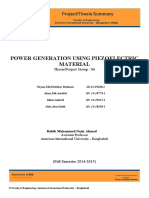0% found this document useful (0 votes)
18 views10 pagesUnit 1 Important Topics and Notes
The document outlines the cloud ecosystem, detailing the roles of various participants such as Cloud Consumers, Cloud Providers, Cloud Brokers, and Cloud Auditors. It also describes essential characteristics of cloud computing, including on-demand services, broad network access, resource pooling, rapid elasticity, and measured service, along with different cloud service models like IaaS, PaaS, and SaaS. Additionally, it explains various cloud deployment models such as Private, Public, Hybrid, Community, Multicloud, and Distributed Clouds, each with unique advantages and considerations.
Uploaded by
bharathi02072004Copyright
© © All Rights Reserved
We take content rights seriously. If you suspect this is your content, claim it here.
Available Formats
Download as PDF, TXT or read online on Scribd
0% found this document useful (0 votes)
18 views10 pagesUnit 1 Important Topics and Notes
The document outlines the cloud ecosystem, detailing the roles of various participants such as Cloud Consumers, Cloud Providers, Cloud Brokers, and Cloud Auditors. It also describes essential characteristics of cloud computing, including on-demand services, broad network access, resource pooling, rapid elasticity, and measured service, along with different cloud service models like IaaS, PaaS, and SaaS. Additionally, it explains various cloud deployment models such as Private, Public, Hybrid, Community, Multicloud, and Distributed Clouds, each with unique advantages and considerations.
Uploaded by
bharathi02072004Copyright
© © All Rights Reserved
We take content rights seriously. If you suspect this is your content, claim it here.
Available Formats
Download as PDF, TXT or read online on Scribd
/ 10
















